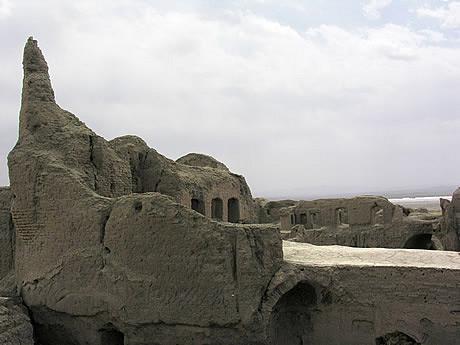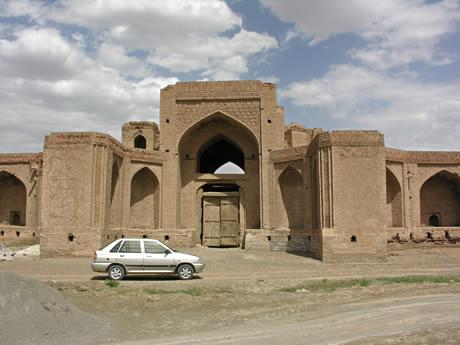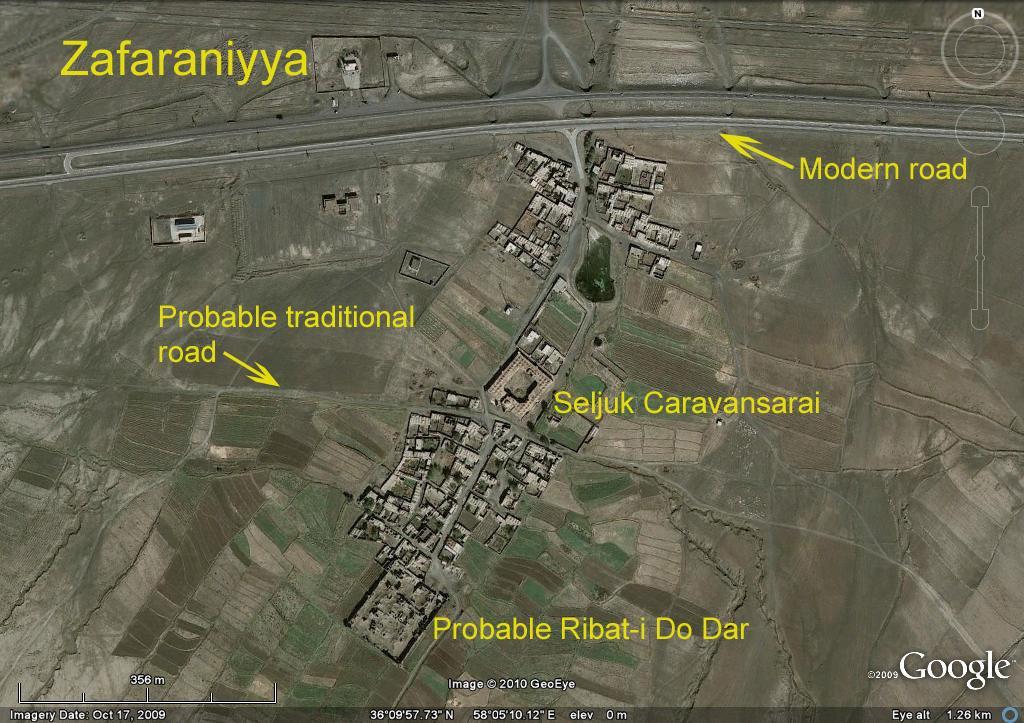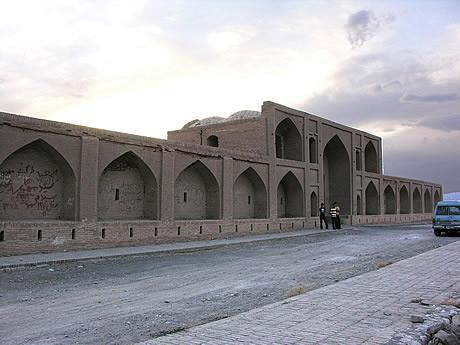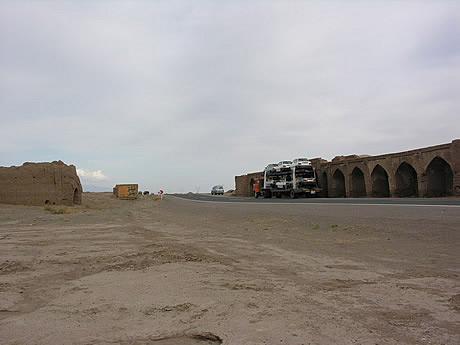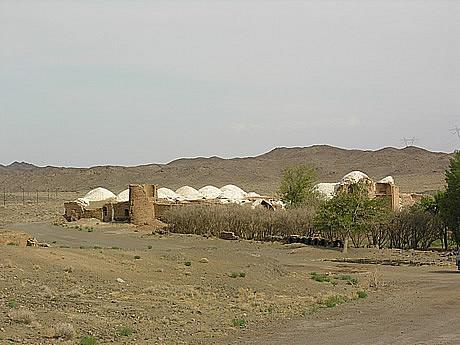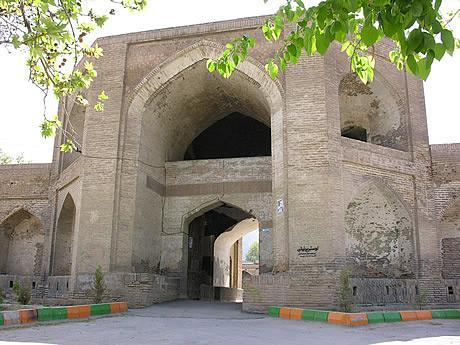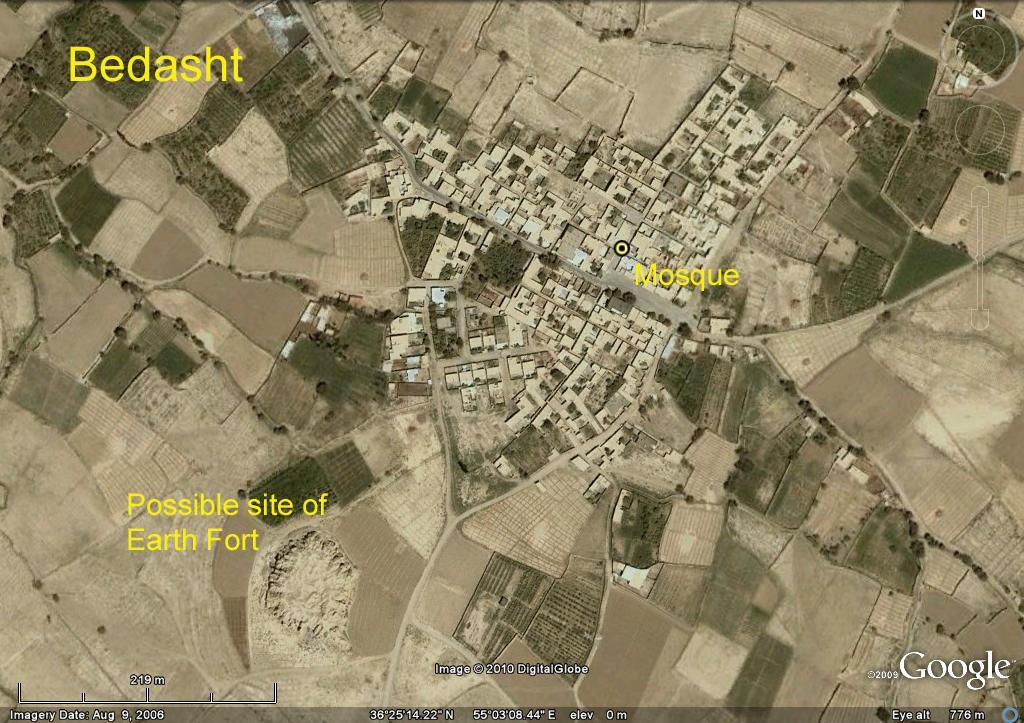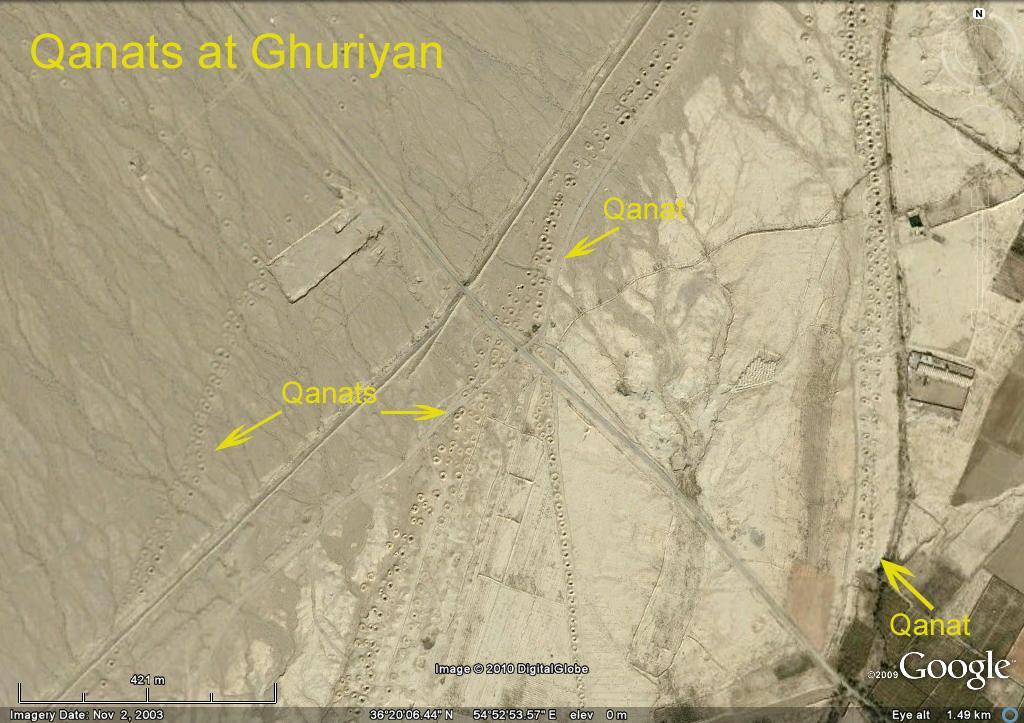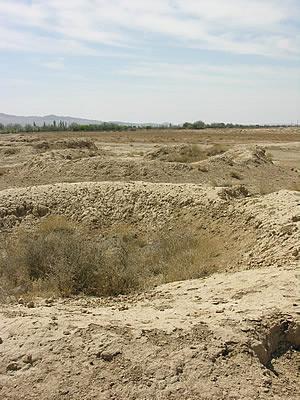The Iranian Silk Road
The remains of multi-storey buildings in Zafaraniyya, in the now-derelict Ribat-i Do Dar (literally, ‘the fort with two doors’: 1070km from Isfahan) are shown here. The site measures 90m by 110m – so would have been large enough to need, and to be able to defend, two ‘doors’.
